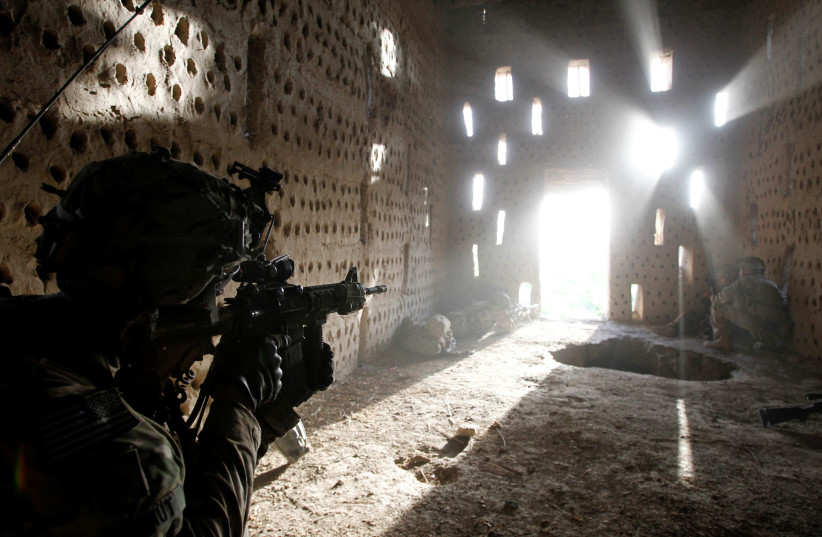Kandahar, the southern city which fell to the Taliban on Thursday, is Afghanistan's second largest city, a major economic hub and one of the keys to overall control of the country.
- Founded by Alexander the Great near an existing city, it has historically been an economic and trade hub located in a fertile region on the main land route linking the Indian subcontinent and the Middle East.
- The city sits amid a cluster of the Pashtun tribal federations which have traditionally wielded power in Afghanistan. Capital of the first Afghan empire 300 years ago, it was also the birthplace of the Taliban, which grew out of the chaos following the withdrawal of Soviet forces in 1989.

- It contains the Shrine of the Cloak of the Prophet, said to have been brought to Kandahar by Ahmad Shah Durrani, who chose the city as his capital in 1747. Mullah Omar, the Taliban founder, displayed the cloak in 1996 to show his legitimacy as "Commander of the Faithful" as the movement began the campaign which brought it to power in Kabul.
- Kandahar remains a major economic center. It is located near the Arghandab river in an area rich in fruit and other agricultural commodities and lies on the north road from Spin Boldak, one of the main crossing points on the border to Pakistan and a major source of tax revenues.
- Its modern military importance is reinforced by the large airfield, originally built by the United States in the 1960s and subsequently heavily used by both Soviet and US-led coalition air forces to support ground operations in the south.
